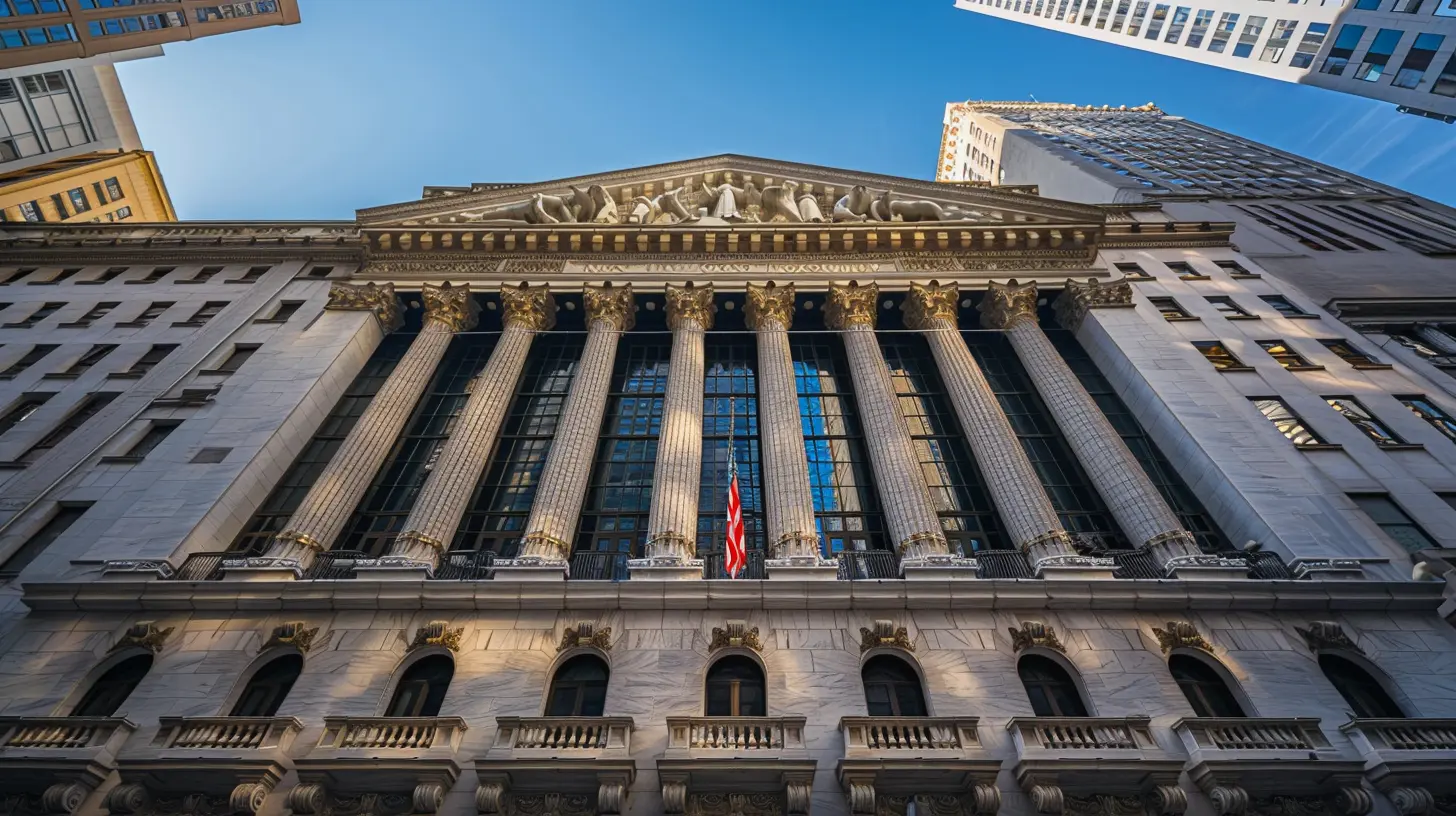The Impact of ETF Liquidity on Trading Costs
3 October 2025
Exchange-traded funds (ETFs) have exploded in popularity over the past decade, offering investors an easy and cost-effective way to diversify their portfolios. But while ETFs are often praised for their low fees and tax efficiency, one crucial factor often gets overlooked—liquidity.
Liquidity can have a massive impact on trading costs, affecting everything from bid-ask spreads to slippage and even overall investment performance. But what exactly does ETF liquidity mean? And how does it influence your trading costs? Let’s break it down in simple terms. 
What is ETF Liquidity Anyway?
In simple terms, liquidity refers to how easily an ETF can be bought or sold without significantly affecting its price. When an ETF is highly liquid, it means that there’s plenty of trading activity, so large buy or sell orders don’t cause drastic price fluctuations.ETF liquidity is a bit more complex than stock liquidity because ETFs have two layers of liquidity:
1. Primary Market Liquidity – This comes from the ETF’s ability to create or redeem shares with the underlying securities.
2. Secondary Market Liquidity – This refers to the trading volume of the ETF itself on an exchange.
Both of these factors work together to determine how efficiently an ETF trades and what kind of trading costs investors might face. 
How Does ETF Liquidity Affect Trading Costs?
Now, here’s where things get interesting. ETF liquidity doesn’t just impact how smoothly you can enter or exit a position—it directly influences how much you pay to trade. Let’s break it down piece by piece.1. Bid-Ask Spreads: The Hidden Cost of Trading
Every security has a bid price (what buyers are willing to pay) and an ask price (what sellers are asking for). The difference between these two prices is the bid-ask spread, and it serves as an indirect trading cost.- Highly Liquid ETFs – Have narrow bid-ask spreads, meaning the difference between the buying and selling price is relatively small. You won’t lose much when entering or exiting a trade.
- Illiquid ETFs – Have wider spreads, meaning you might end up paying significantly more to buy and getting less when you sell.
Think of it like foreign exchange booths at the airport. If you exchange money at a high-traffic location, the exchange rate spread is reasonable. But if you're in a remote location with fewer transactions, the spread is wider, and you lose more in the exchange.
2. Slippage: When You Don’t Get the Price You Expect
Slippage happens when there’s a difference between the expected price and the actual price of a trade execution. This typically occurs in less liquid ETFs, where large orders can move the price before they’re fully executed.For example, if you place a market order for an illiquid ETF, you might end up paying more than you anticipated due to price changes while your order is being filled. This is why traders dealing with lower-liquidity ETFs often use limit orders instead of market orders.
3. Market Impact Costs: The Cost of Moving the Market
For large institutional traders, market impact costs are a real concern. If an ETF has low liquidity, placing a large order can cause the price to move against them.Imagine trying to buy 50,000 shares of a thinly traded ETF. You might start by buying at the current ask price, but as your order fills, prices may rise because there aren't enough sellers at that price. By the time your order is completed, you may have driven up the cost of your own purchase!
This isn’t a big deal for small retail traders, but for institutional investors, it’s something they must carefully consider.
4. Creation/Redemption Costs: The Behind-the-Scenes Liquidity Factor
Unlike stocks, ETFs have a creation and redemption mechanism that allows large investors (called authorized participants) to exchange ETF shares for the underlying securities, or vice versa.- For highly liquid ETFs – This process happens smoothly, keeping the price close to its net asset value (NAV).
- For illiquid ETFs – These costs can rise, leading to larger premiums or discounts to the NAV, increasing trading costs for investors. 
How to Identify Liquid ETFs (And Avoid the Costly Ones)
So, how can you tell if an ETF is liquid enough to trade efficiently? Here are a few simple checkpoints:1. Check the Average Daily Volume
The simplest indicator of liquidity is the ETF’s average daily trading volume. Higher volumes generally mean smaller bid-ask spreads and less slippage.- Good Liquidity: 1 million+ shares traded daily
- Moderate Liquidity: 100,000 – 1 million shares
- Low Liquidity: Less than 100,000 shares
2. Look at the Bid-Ask Spread
Before jumping into an ETF trade, take a quick look at the difference between the bid and ask prices. If the spread is narrow (a few cents), it’s a sign of good liquidity. If it’s wide (10+ cents), be cautious.3. Examine the ETF’s Assets Under Management (AUM)
Generally, larger ETFs (those with billions in assets) tend to be more liquid than smaller ones. ETFs with over $1 billion in AUM usually have smoother trading conditions.4. Compare to the Underlying Asset’s Liquidity
Even if an ETF itself isn’t highly traded, if it tracks a highly liquid market (like the S&P 500), its liquidity might still be strong due to its underlying assets.
The ETF Liquidity Myth: Should You Avoid Low-Liquidity ETFs?
A common misconception is that low trading volume automatically means an ETF is illiquid. That’s not always the case!Since ETFs have the creation/redemption mechanism, a large trade can often be executed without affecting the price significantly, as long as the underlying securities are liquid. So, just because an ETF doesn’t trade a million shares a day doesn’t necessarily mean it’s a bad investment.
However, for retail investors, it’s usually best to stick with high-volume ETFs to avoid unnecessary trading costs.
Final Thoughts: Liquidity is Key to Lower Trading Costs
ETF liquidity isn’t just a technical detail—it can significantly influence your trading expenses, whether through bid-ask spreads, slippage, or market impact costs. More liquid ETFs tend to have lower trading costs, making them a better choice for most investors.If you’re trading ETFs, pay attention to trading volume, bid-ask spreads, and the underlying asset liquidity. These small details can help you avoid unnecessary costs and maximize your investment returns.
So, next time you’re scouting for ETFs, don’t just look at the expense ratio—liquidity matters just as much!
all images in this post were generated using AI tools
Category:
Etf InvestingAuthor:

Angelica Montgomery
Discussion
rate this article
1 comments
Rusty McNaughton
Thank you for this insightful article! You've succinctly highlighted the critical relationship between ETF liquidity and trading costs. Understanding these dynamics is essential for investors seeking to optimize their portfolios. I appreciate the clarity and depth of your analysis. Looking forward to more such discussions!
October 16, 2025 at 2:25 AM

Angelica Montgomery
Thank you for your kind words! I'm glad you found the article helpful. I look forward to sharing more insights in the future!


